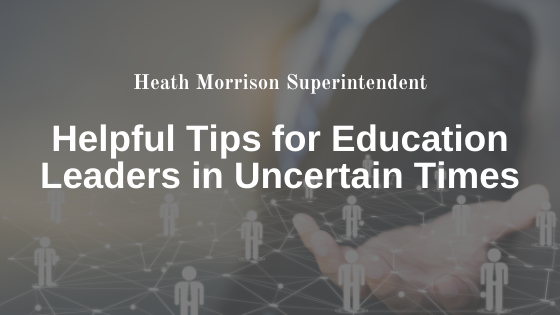The challenges of leading in an educational environment can get more complicated during periods of crisis. The most effective leaders empower faculty, students, parents, and other stakeholders to respond productively during difficult times. These four tips can help educational leaders enable others to persevere through challenging times.
Align Actions with Words
Administrators need to show that their actions are in sync with their expressed views. This approach enables leaders to embody the expectations they have for staff. For example, suppose administrators say that the staff must strictly enforce health and safety guidelines to slow the spread of COVID-19. In that case, they need to model such behaviors as social distancing and wearing a mask, even when it’s inconvenient or uncomfortable to do so.
Be Proactive
Instead of waiting to react after disasters or crises happen, impactful leaders take steps to identify calamities before they emerge and create plans to mitigate their harmful effects. Being proactive also means generating multiple options or strategies to address a need that will arise. For example, when they anticipated switching to virtual learning in the advent of COVID, more districts could have prepared teachers better and ensured that all students could access the necessary technology.
Model Good Communication
It’s not surprising that many educational leaders receive scrutiny for their communication skills. A vital proficiency is sharing important information with parents and stakeholders. Education leaders should always communicate proactively with their parents, staff and stakeholders. The information they communicate also needs to be accurate, relevant, consistent and as concise and possible. Inadequate data or lack of communication can induce uncertainty, which often triggers anxiety. Additionally, long messages will likely overwhelm audiences, causing them to tune out the message.
Solicit Feedback from Multiple Sources
Leaders need to take all viewpoints into consideration, especially students’ opinions, which might get overlooked. Multiple standpoints can add insight and lucidity to a problem and reveal how it affects diverse groups in the educational system. Furthermore, educational leaders need to make it easy for stakeholders to provide their input, mainly through channels like text or email, for added convenience. Administrators should also assure individuals that they’ll receive no negative repercussions for expressing negative or unpopular opinions.

